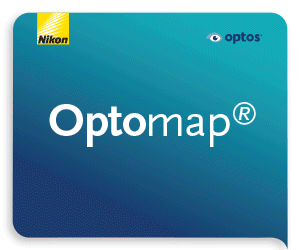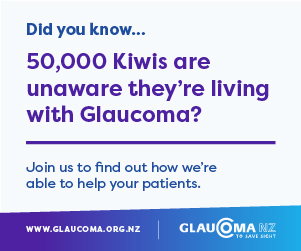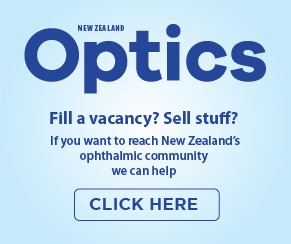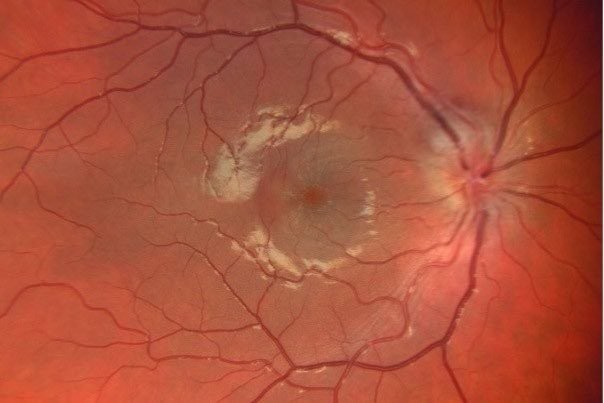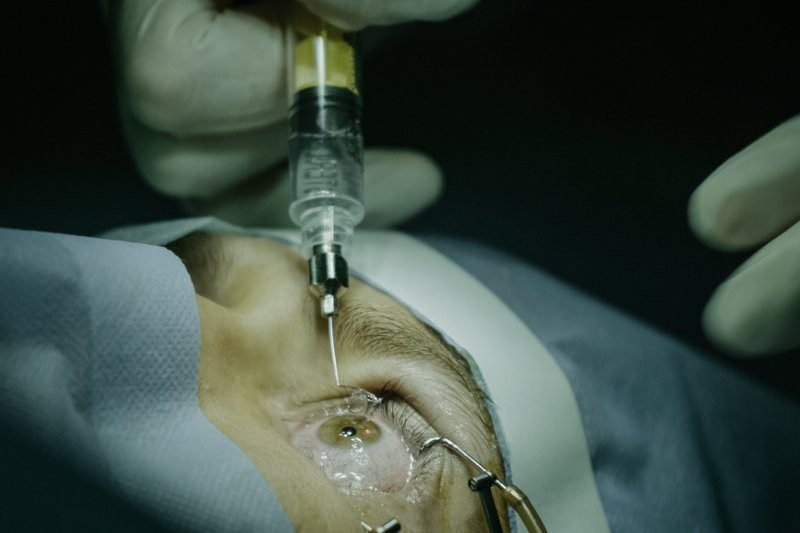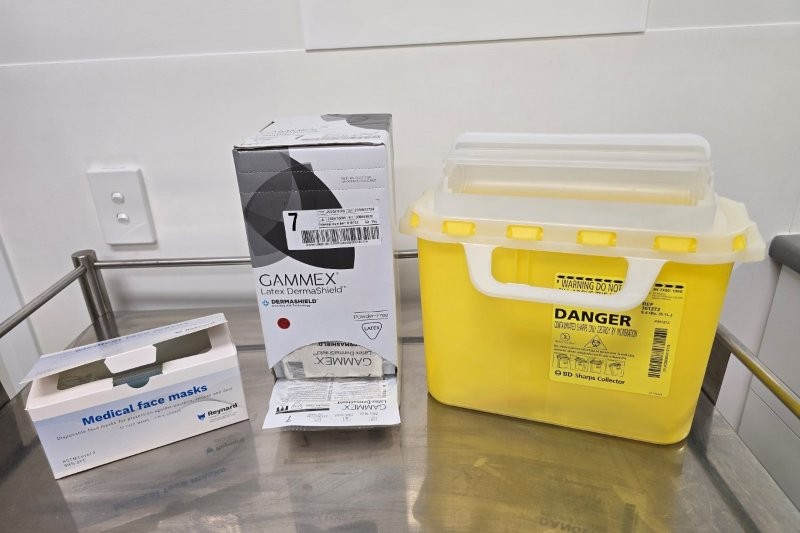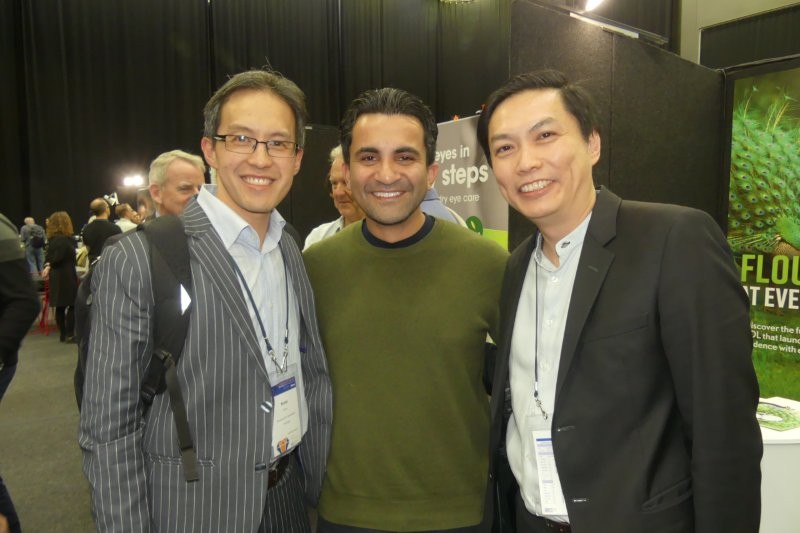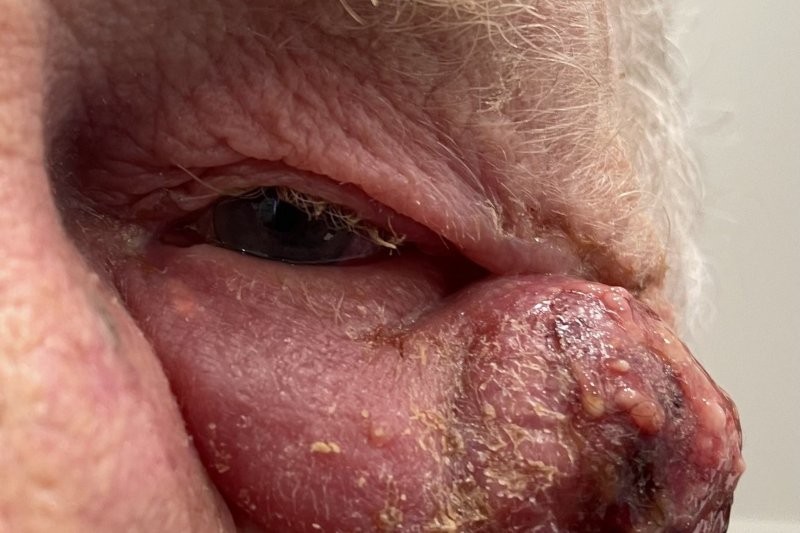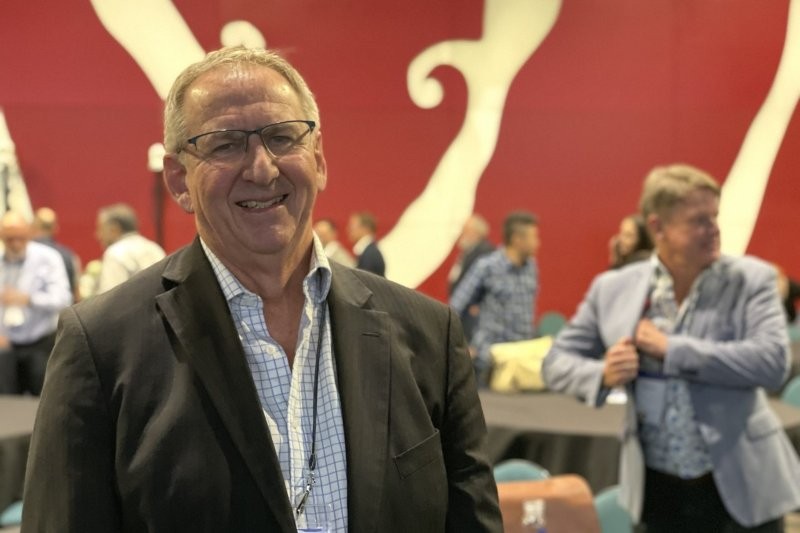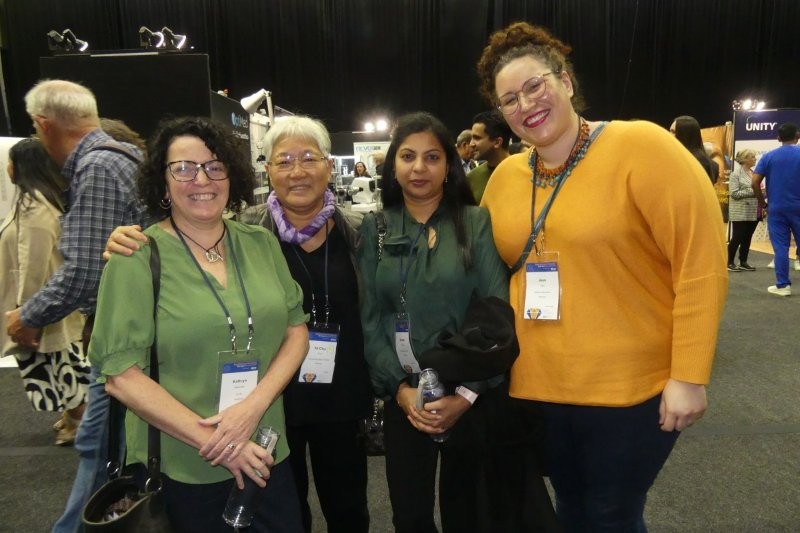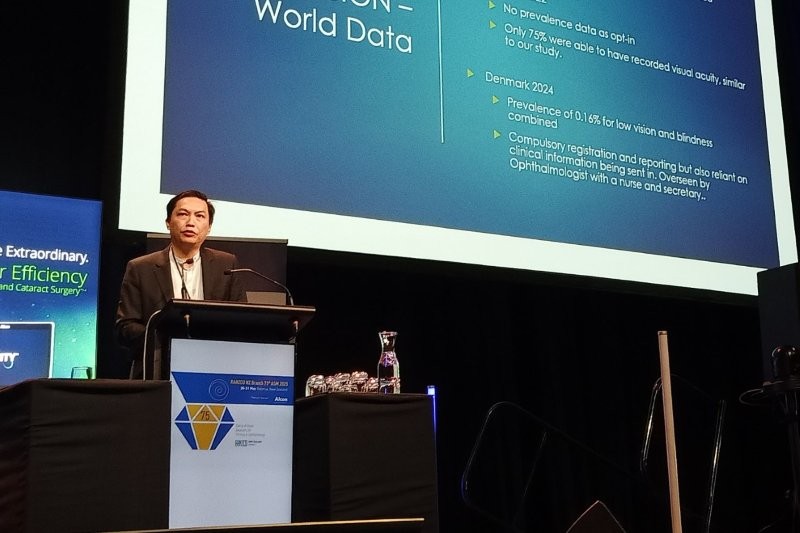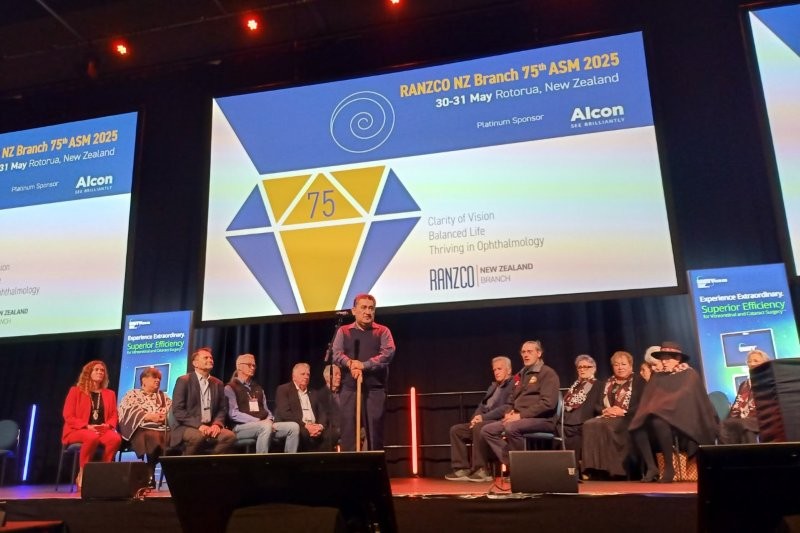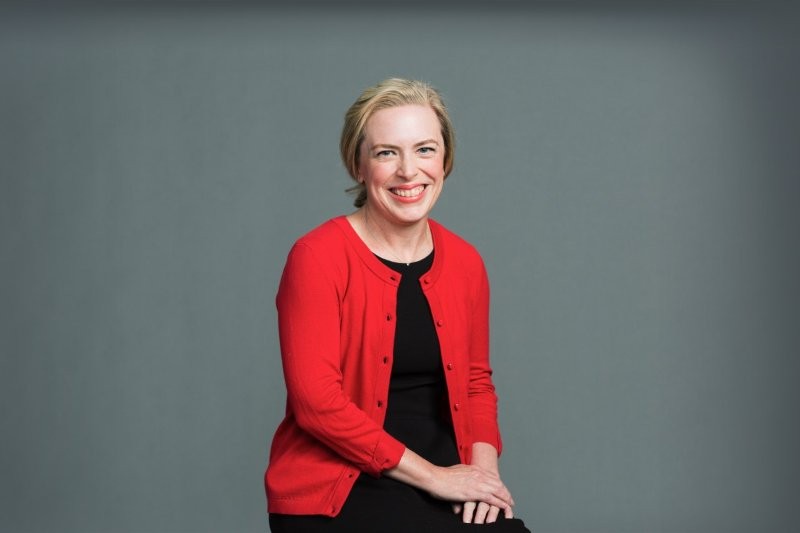Boosting the workforce by tackling burnout
According to research from Massey University, the risk of burnout is twice as high for medical doctors compared with other workforce groups in Aotearoa.
Though the Medscape Physician Burnout & Depression Report 2024 found ophthalmology had one of the lowest burnout rates across medical specialties in the US (39% compared with 63% for emergency medicine) the problem is compounded in New Zealand due to our low number of ophthalmologists (27.8 per million people, compared with 40.1 in Australia, 46.4 in the UK, 54.7 in the US and more than 100 in Switzerland and Japan), said Dr Theo Sutedja, a non-training ophthalmology registrar based in Dunedin.
Presenting the results of his own research into burnout among ophthalmologists in Aotearoa at the 2025 RANZCO NZ conference, Dr Sutedja found one-in-five was burnt out. Of these 29% worked in public-only, 15% in private-only and 19% in public and private, while 66.7% were female and 62% male. “The data shows it’s a daily reality for many of us,” he said.
For his research, Dr Sutedja surveyed 84 Kiwi ophthalmologists using the ‘Mini Z’ tool, a 10-question survey developed by Dr Mark Linzer, professor of medicine at the University of Minnesota Medical School, to measure physician burnout. The survey assesses three outcomes (burnout, stress and satisfaction) and seven drivers of burnout (work control, work chaos, teamwork, values alignment with leadership, documentation time pressure, EMR use at home and EMR proficiency).
Burnout is also common and recurring, said Dr Sutedja, with four out of 10 of those he found to be burnt out having been burnt out at least once before and one in 10 having had it more than five times. “Yet only 50% ever sought help and only 15% took any time off,” he reported.
The Massey University research also found that burnt-out medical doctors were 4.7 times more likely to seriously consider quitting the medical profession compared with their non-burnt-out peers. While the Association of Salaried Medical Specialists in New Zealand found more than 15% of senior doctors were considering cutting their public hours.
“So, it’s not just a wellness issue, it’s a workforce risk,” said Dr Sutedja, who closed his talk by suggesting three strategies for tackling the issue:
- Reduce systemic stressors – reduce low-value tasks (audits, meetings) that don’t improve patient care
- Expand training capacity – of the current 6–7 new trainees accepted to the RANZCO training programme each year in New Zealand, only two-thirds of them remain in New Zealand post-training. The number of trainees needs to increase to eight a year simply to maintain the status quo, or 11 per year to reach similar numbers of ophthalmologists per population to Australia by 2050
- Public-private models – improve the shared working relationship between public and private and narrow the pay gap to improve retention in public.




